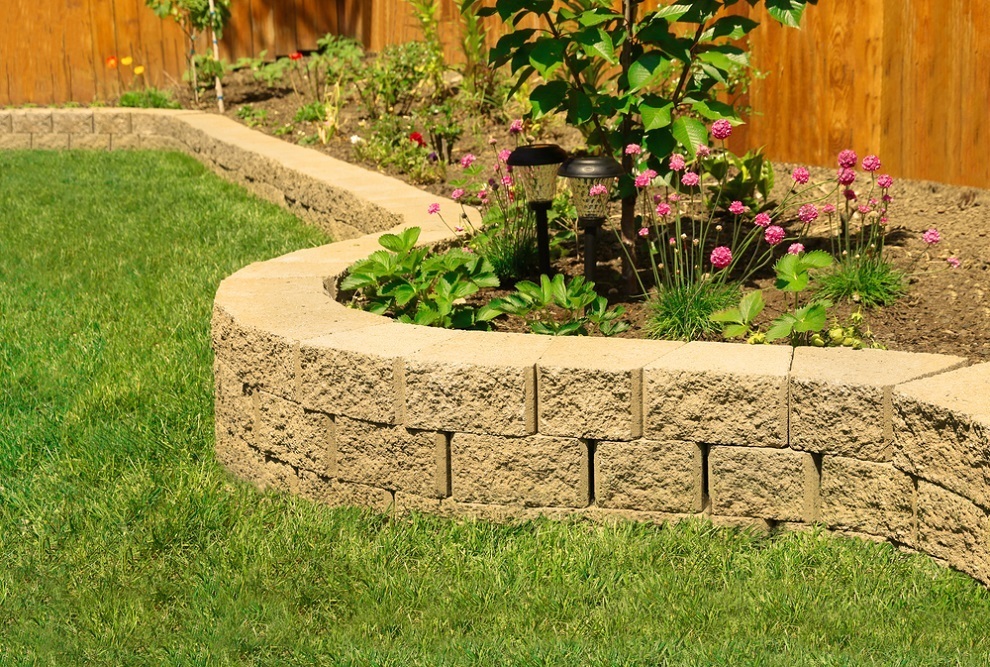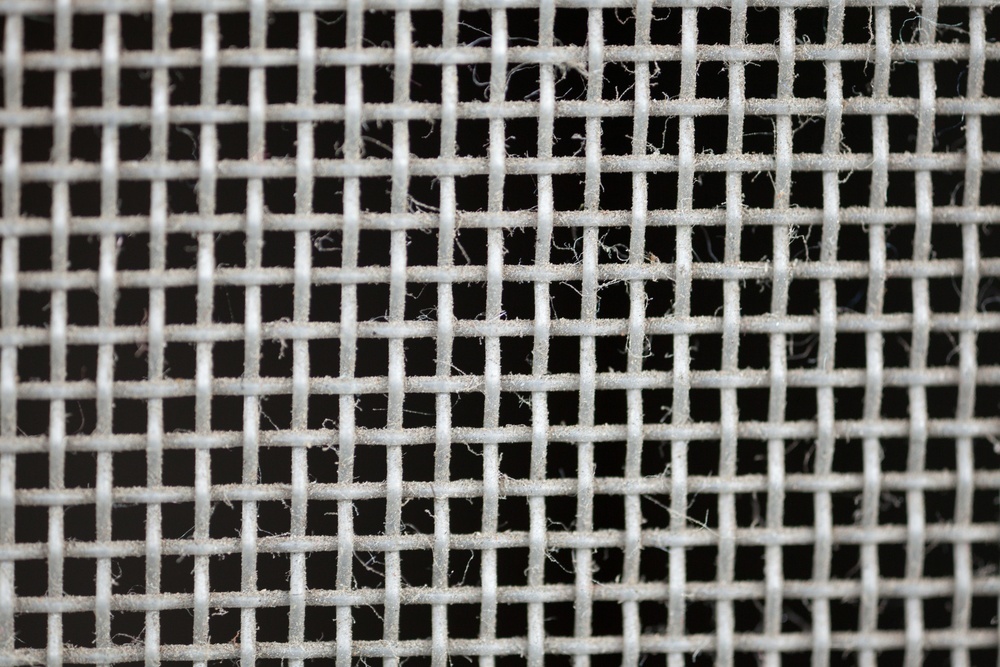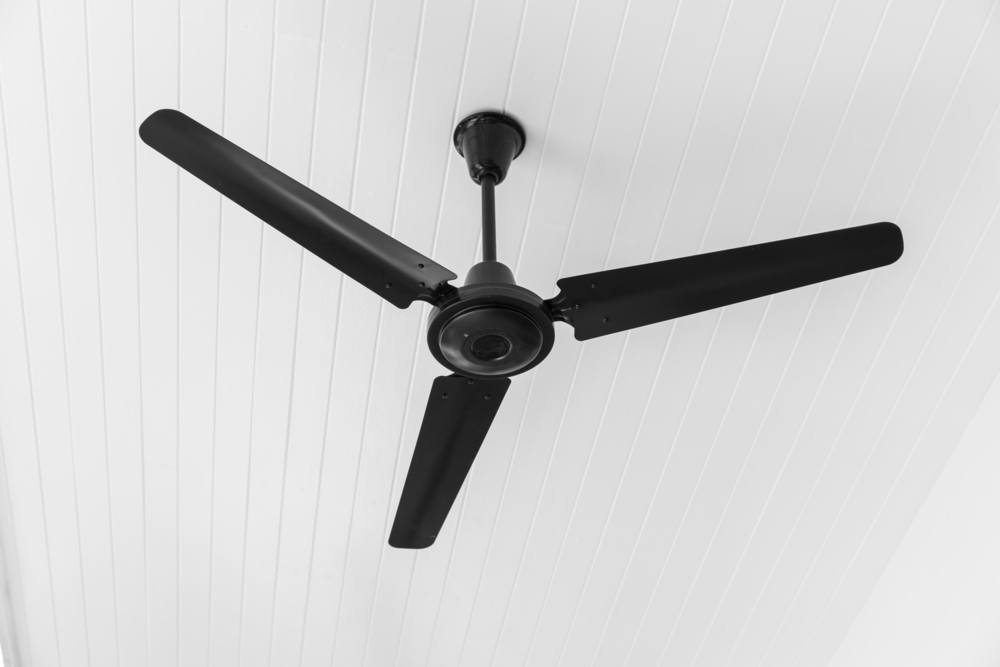 A beautiful lawn and yard can be a wonderful asset to any home. It can make your home the talk of the neighborhood, be very attractive to a potential buyer, and simply make your home more enjoyable. Unfortunately, maintaining a beautiful yard not only takes a lot of time and energy, it can also get rather expensive. Between the costs of buying new plants for your yard and the costs of watering your lawn on a regular basis, that beautiful yard can cost you a pretty penny.
A beautiful lawn and yard can be a wonderful asset to any home. It can make your home the talk of the neighborhood, be very attractive to a potential buyer, and simply make your home more enjoyable. Unfortunately, maintaining a beautiful yard not only takes a lot of time and energy, it can also get rather expensive. Between the costs of buying new plants for your yard and the costs of watering your lawn on a regular basis, that beautiful yard can cost you a pretty penny.
With a little careful planning, you can easily have a beautiful yard without having to spend a small fortune. Here are some of the most effective ways to cut down on the cost of lawn care:
Water Wisely
A large percentage of the water a household uses goes to being used in the yard, so it’s important to make sure that water is being used effectively. On a very hot day, watering your lawn between the hours of 11:00 AM and 3:00 PM isn’t particularly effective since so much of the water will just evaporate. Ideally, lawns should be watered between 6:00-10:00 AM or between 4:00-7:00 PM. Watering at night can lead to mildew growth, but those times early in the morning or later in the afternoon or early evening will provide enough sunlight to prevent mildew while still being cool enough to prevent water from evaporating before it can do any good.
Another great way to keep your water bills down during the summer is by collecting water from your roof with a rain barrel and use it for watering your lawn. For a small upfront cost, a rain barrel could save you a small fortune on your water bills.
Keep Your Grass Tall
Keeping your grass the right length is a very important way to help cut down on the amount of watering you’ll have to do. While short grass looks fantastic on a golf course, it’s not the most cost effective option for homes. Shorter grass will dry out quicker than longer grass since longer grass has a larger leaf area to help provide shade for the soil and allows for roots to grow deeper. Ideally, you don’t want to cut off more than one third of your grass’s total length when you mow, so make sure your lawn mower blade is set at the highest level.
Choose the Right Grasses and Plants
Certain types of grasses and plants require more maintenance than others. If you find yourself needing to water your lawn a lot during the summer, you might want to consider re-seeding with a type of grass that’s native to your area, which could help cut down on the amount of watering you’ll have to do. Using perennials in your garden is another great way to cut down on the amount of money you spend on your yard. Since they perennials come back every year, you won’t have to spend so much on buying new plants every year.









